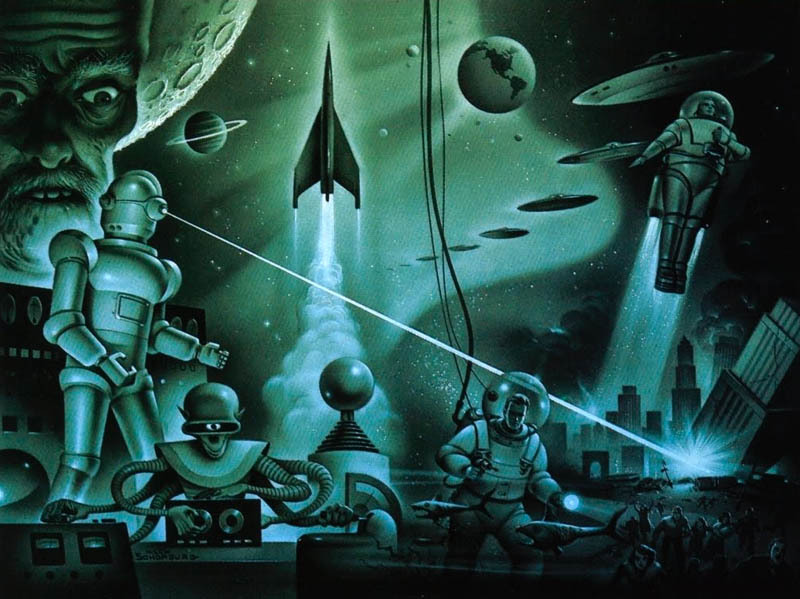1. One of the late 20th century's greatest public intellectuals—brain scientist Oliver Sacks—writes eloquently about the suicide of another one of the late 20th century’s greatest public intellectuals—monologist extraordinaire Spalding Gray. It begins:
In July of 2003, my neurological colleague Orrin Devinsky and I were consulted by Spalding Gray, the actor and writer who was famous for his brilliant autobiographical monologues, an art form he had virtually invented. He and his wife, Kathie Russo, had contacted us in regard to a complex situation that had developed after Spalding suffered a head injury, two summers earlier.
In June of 2001, they had been vacationing in Ireland to celebrate Spalding’s sixtieth birthday. One night, while they were driving on a country road, their car was hit head on by a veterinarian’s van. Kathie was at the wheel; Spalding was in the back seat, with another passenger. He was not wearing a seat belt, and his head crashed against the back of Kathie’s head. Both were knocked unconscious. (Kathie suffered some burns and bruises but no permanent harm.) When Spalding recovered consciousness, he was lying on the ground beside their wrecked car, in great pain from a broken right hip. He was taken to the local rural hospital and then, several days later, to a larger hospital, where his hip was pinned.
His face was bruised and swollen, but the doctors focussed on his hip fracture. It was not until another week went by and the swelling subsided that Kathie noticed a “dent” just above Spalding’s right eye. At this point, X-rays showed a compound fracture of the eye socket and the skull, and surgery was recommended.Keep reading. It's an amazing piece.
2. If you’re thinking about getting into science fiction, but you don’t want to read crappy kid’s stories about laser swords and stuff that has a lot more to do with fantasy than science, then this list of “scientific” science-fiction stories and novels is tailor made for you!
3. For the sixth time, today's DDD Suggested Reading List includes four selections from the Open University and BBC Radio 4's introductory level general philosophy course entitled The History of Ideas. I hope you're enjoying these videos as much as I did when first seeing them!
HAS TECHNOLOGY CHANGED US?
"The Fourth Revolution"
"The Antikythera Mechanism"
"The Medium is the Message"
"Rewiring the Brain"




